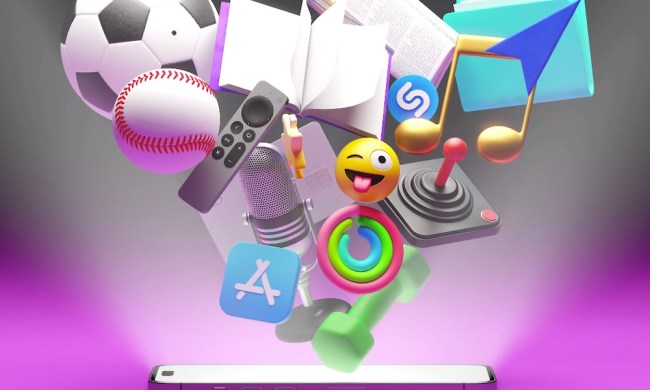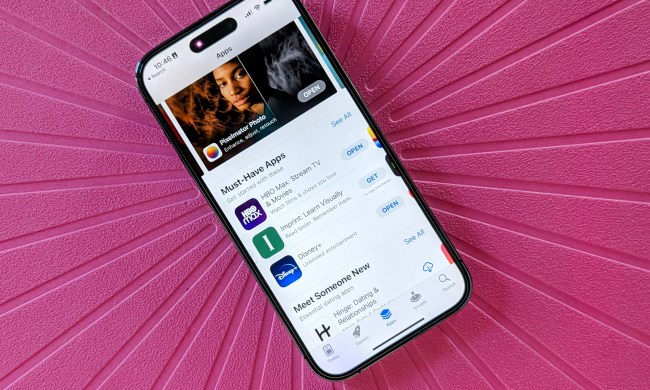Studies show that most millennials get their news from Facebook, but Apple is hoping to curtail that trend with the Apple News app. Part Flipboard, part Facebook Instant Articles, the News app replaces Apple’s Newstand app and adds several new features.
Apple News might mimic Flipboard’s appearance, but it’s an obvious response to Facebook’s Instant Articles, which includes articles from major publishers built specifically for the app. Much like Facebook, Apple has partnered with ESPN, The New York Times, and Conde Nast publications such as Wired, GQ, Vogue, and Vanity Fair to bring special content to readers.
While some of these big-name publications generally come at a cost, users of the News app will receive select content for free. For example, The New York Times will provide 30 free articles per month. Users will also be able to add other websites and blogs to their feed as well.

For those who are more into the visuals in magazines, a feature called Photo Mosaics will arrange images into a slick gallery. Fashion magazines like Vogue and Vanity Fair could certainly use this feature to their advantage. Meanwhile, ESPN will offer graphics and short video clips in the app for those who like to visualize stats and see the highlights from the game.
The Apple News Format will also let users customize font, layout, and other aspects of the app to personalize the experience. Apple Vice President of Product Marketing Susan Prescott said, “We think there’s never been a more beautiful magazine reading experience.”
Of course, a news app isn’t worth its weight in gold unless it gives you the information that you want, and Apple has an answer for that. Users will be prompted to enter what interests them when they set it up, and Apple will do the rest. The app will also base its personal curation on what articles you read. While some people might worry about privacy, Apple assured the crowd that user preferences won’t be used in any other Apple services.
Apple News will replace the current Newsstand app and launch in the fall in the United Staes, United Kingdom, and Australia.



